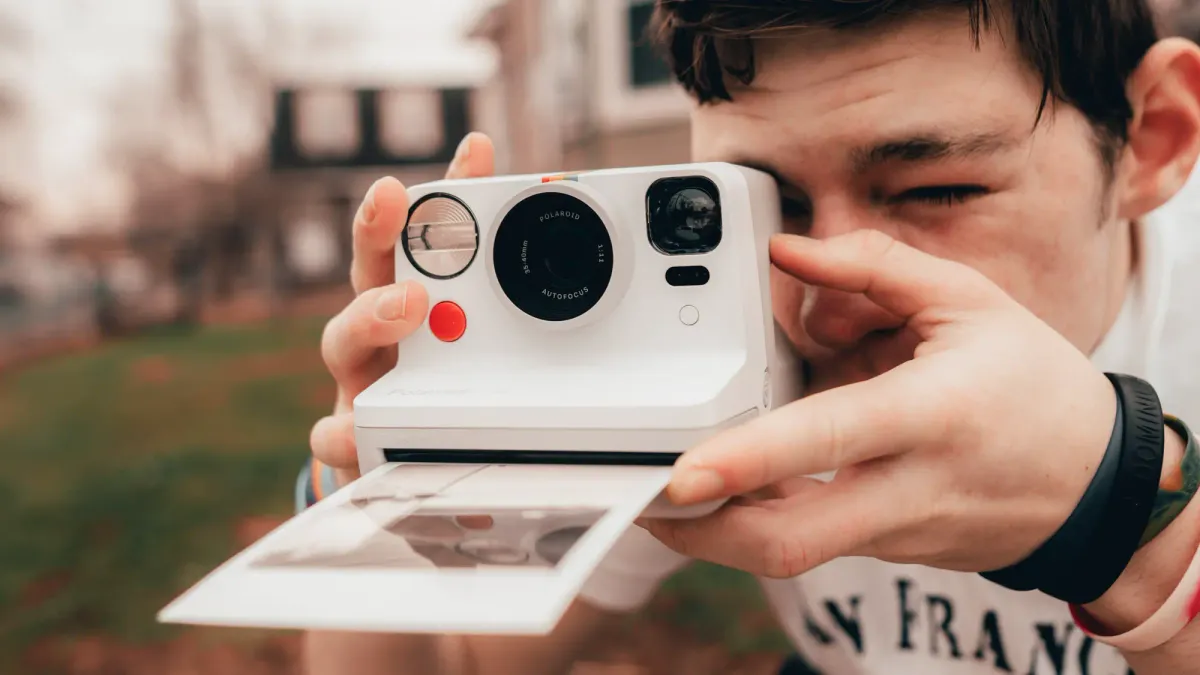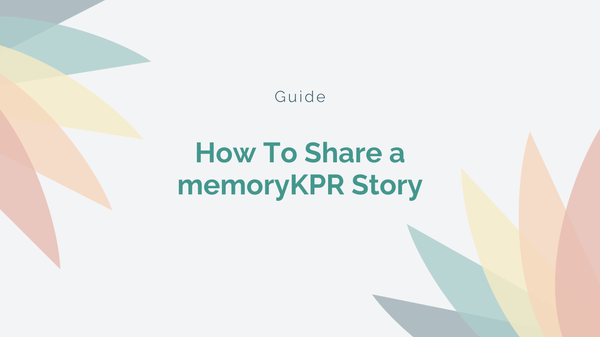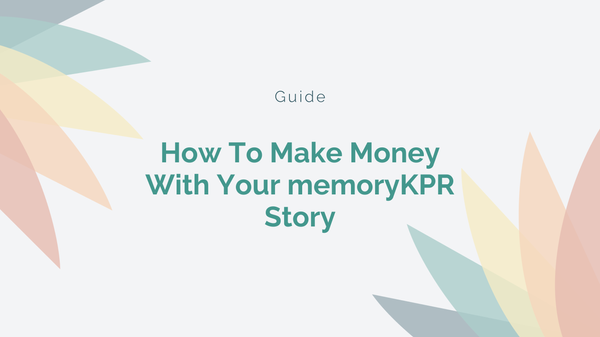How Polaroid Originals Redefined Brand Success Through Community and Innovation

In the fast-paced world of technology and photography, Polaroid Originals, a brand that has been synonymous with instant photography, faced a challenging road to survival. With the advent of digital cameras and smartphones, the popularity of traditional instant film cameras dwindled, leaving Polaroid struggling to find its place in the modern world. However, the brand's fortunes took a remarkable turn with its innovative strategy of cultivating a community of brand ambassadors.
This blog explores how Polaroid Originals revived its global brand by embracing a vibrant community and leveraging the power of brand ambassadors.
A brief history
From the time of its founding in 1937 until the 1980s, Polaroid was regarded as a shining example of modern technology. In fact, the business reached its greatest yearly sales of $3 billion in 1991.
However, the digital camera started to threaten Polaroid's dominance in the camera business. With the introduction of its digital camera to the market in 1975, Kodak took the lead. Ironically, Polaroid had a prototype digital camera ready at the time but didn't release it because they believed consumers weren't ready. And it did take some time for the market to adjust; it wasn't until the 1990s that the popularity of owning digital cameras really took off. Following its refusal to launch, the company filed for bankruptcy in 2001.
A few years later, a Vienna-based biologist named Dr Florian Kaps was on a mission to save the last Polaroid film factory, and named this 2008 project “Mission Impossible.” There began the quest to invent and produce totally new instant film materials called Polaroid Originals and build a community of die-hard analogue enthusiasts around it.
Today, Polaroid’s CEO is Oskar Smolokowski, acknowledges that the brand is only still around because consumers are after authentic experiences in a world of information overload. ‘What is Polaroid,’ says Oskar, ‘when you strip the product away from our values?’
A new way forward
Amy Heaton, a community engagement manager with the company, joined the Impossible Project and set out to change the trajectory of where Polaroid was headed.
She first asked questions like “how do we get people heard?” And how can we revive the principles of creative collaboration, sharing and participation within the community and the company?
Amy took away some key learnings of what she now believes helped turn Polaroid Originals into one of the most engaged, creative, and dedicated online communities today.
Humanize the Brand
Amy said she chose to introduce herself personally via a newsletter to Polaroid’s most committed group of subscribers, and then spent time seeking out and joining all of the different community groups. She said it felt necessary to start being active on social media from her personal account.
To subscribers, this made it seem like there were real people behind Polaroid, not just robots who didn’t care about making a connection. Subscribers began to feel more engaged when they realized they could connect with the brand on a deeper, more authentic level.
Listen in on the good, the bad, and the ugly
Amy says the most important thing she has learned is that you have to be open to learning from and admitting your mistakes. Over the years Polaroid has tried to increase opportunities for the community to reach out to them and to be heard, whether it was online or in person. Because Polaroid was struggling and so was their base of subscribers, the message that we were all in it together helped build back trust and a connection between customers and the brand.
Start a Conversation
Polaroid has created an open dialogue about film testing, which allowed those customers who had been purchasing the film from us since the beginning of the project to have early access to test batches of chemistry. This group of customers was called the Pioneers and could send feedback directly to chemists in the factory who would incorporate it into their research. Because customers were directly involved in the creation of a product, it led to increased customer engagement because tangible change was being created.
Establish trust with your leaders
Amy says she developed a strong relationship with Oskar Smolokowski,, who valued transparency and honesty which benefited all areas of the business. Oskar was open to hearing any and all ideas for bettering the brand’s relationship with the community, which in turn helped Amy develop her successful community relation strategy.
Show your Gratitude (and actually mean it!)
The week before Polaroid Originals were launched the team celebrated some of the Impossible Projects key moments on their socials and Oskar wrote a personal open letter to the community outlining his vision for the new brand and thanking their brand community for their help and input. This set the tone for Polaroid Originals, which the community grew to absolutely adore.
Key Takeaways
The transformative revival of the Polaroid brand highlights how a commitment to humanizing a brand, listening to what your customers have to say, starting conversation, leading by example, and showing your gratitude can truly transform the trajectory of a company.
If there’s anything to take away from Polaroid, it’s to not be afraid to put effort into cultivating a brand community and to make sure your customers feel engaged and connected to your brand.
Book a demo today to see how you can leverage memoryKPR for your business!




